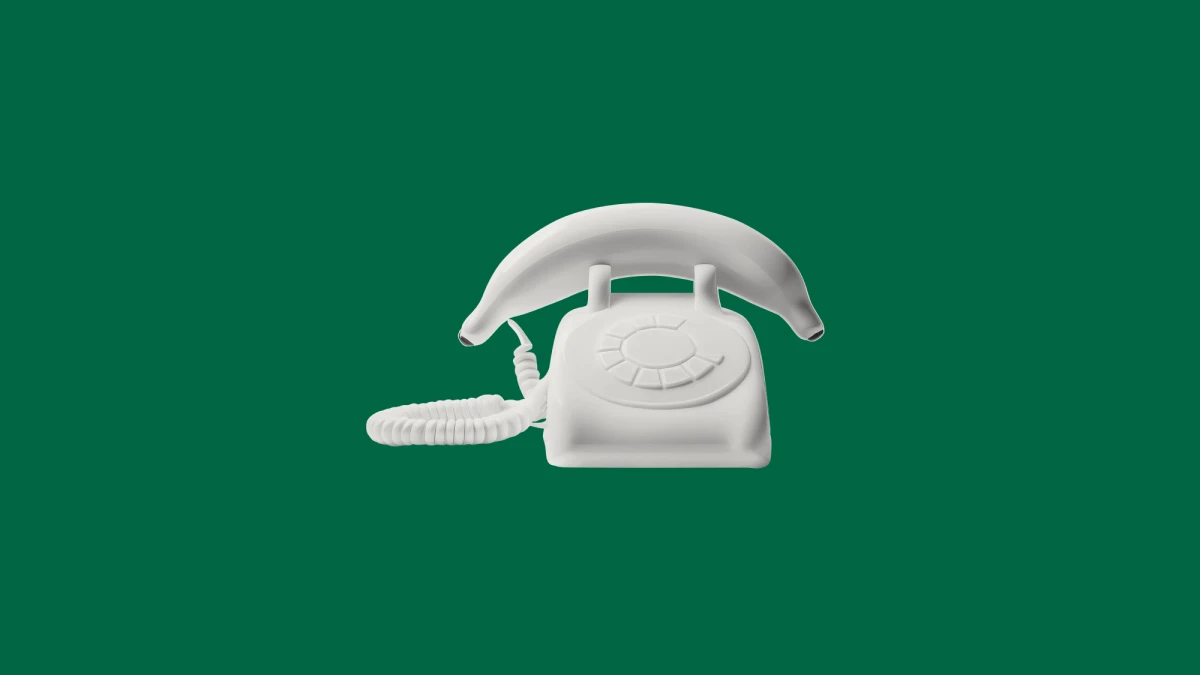One of the first questions entrepreneurs used to ask themselves was, “How is my product different from the existing players?” This question has become increasingly less relevant and exponentially more difficult to answer as disruption has had its way with legacy brands and industries. New companies are finding themselves with fewer natural competitors. Instead, they are facing a set of adjacent substitutes with real, tangible differences in their offers.
This has, in turn, led to a startling lack of thinking about how these disruptive new entities fit into the market, and, more interestingly, what their brands really stand for. With many startups, the product becomes the brand—at least in its formative years—a phenomenon we saw with Uber, Instagram and many others.
Working with early stage startups, it’s been fascinating to see this unfold in real time with real teams. In fact, I asked a CEO at what point his startup’s brand became important to him, and he gave me a pretty intriguing answer. He said that the brand had been on his mind from the start, but that he had experienced a disconnect because he first needed to figure out what business he was in before he could focus on it. I certainly agreed with him.
It’s become clear that there is a critical brand and business juncture in the lifecycle of a startup between the Series A and B funding rounds. At that point, defining both the business and the brand can and should happen in parallel; it’s a way to achieve immediate success and develop a plan for how the two will evolve.
This juncture is notable because it gives a company the resources to step back and figure out what it is really providing and where revenue will come from. Are we a moving and storage company or the future of real estate? Are we a project management company or an enterprise operations software solution? These are essential questions for the leadership teams to answer, and the answers only become clear when they can think about them in the context of their brands, what they are offering and how they’re offering it.
Unfortunately, this is where the branding industry finds itself challenged. Despite proclamations otherwise, we have tended to be relatively deliberate and linear in how we approach our work, a mindset that is counterintuitive to these rapidly evolving businesses. Given this, we’ve identified some critical elements to a new way of working that helps solve for the disconnect between disruptors and their brands—and actually get it right:
Have the right team, at the right time
At the most critical stage of the business's growth, we need deep, consistent connections between the disruptors and a multidisciplinary team of experts—all of whom are empowered to create and challenge at any moment.
Be precious about results, not the process
We need to build their brands at the speed of their businesses. We can’t spend weeks torturing ideas; we need to generate more good ideas, more often in a collaborative environment of continuous creation—and stay squarely focused on the end result.
Work in real time, in real terms
We need to shift to a mindset where we are always working in the real world, which requires far greater integration than ever before. We aren’t crafting positioning—we’re building websites and investor pitch decks from the beginning that define a brand’s positioning, go-to-market strategy and how this comes to life in real terms. The intersection of these elements is the true path forward for startups that need to articulate why they exist in a way that keeps pace with their rapidly changing businesses.
The funny thing is I actually think the disruptor’s disconnect is a good thing; it’s a product of the hyper-focused yet flexible mindset that enables entrepreneurs to succeed and create something that is truly disruptive. But it’s also something that every person, brand and agency can learn from: we need to figure out what we are solving for before coming up with the solution.





